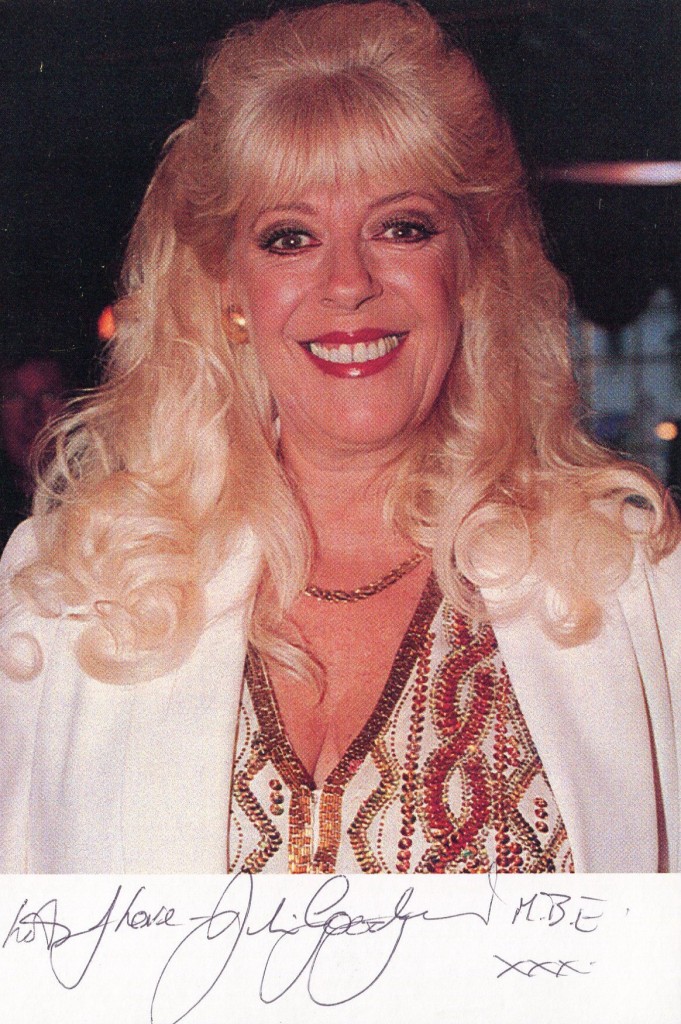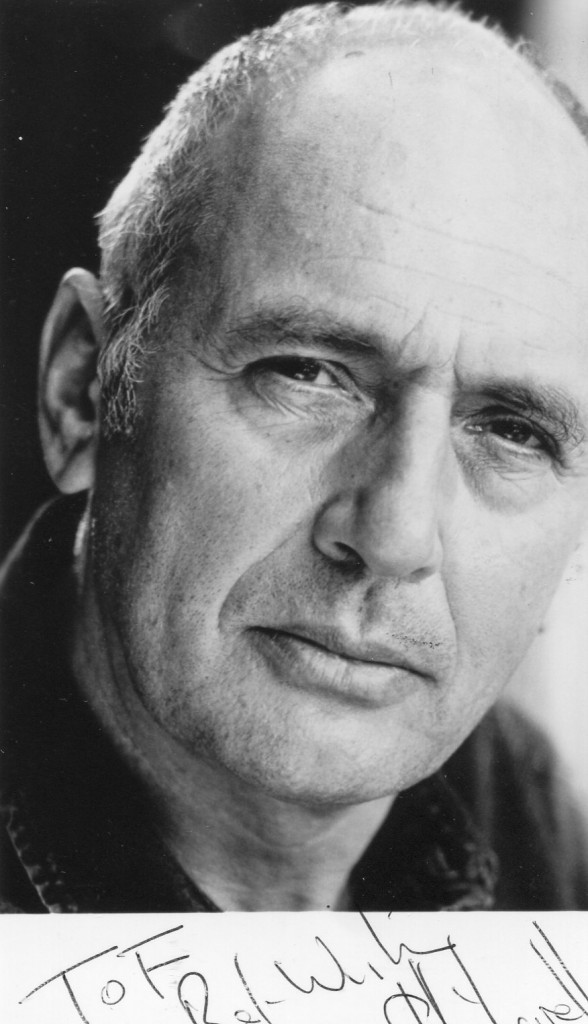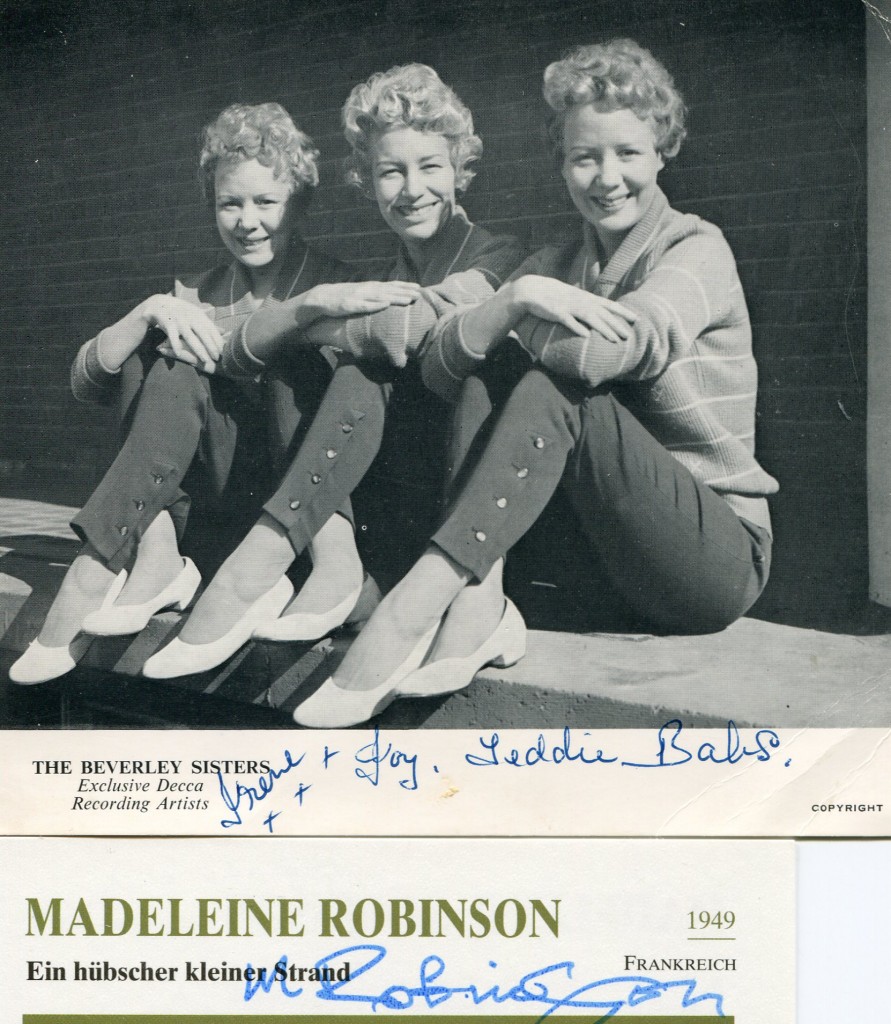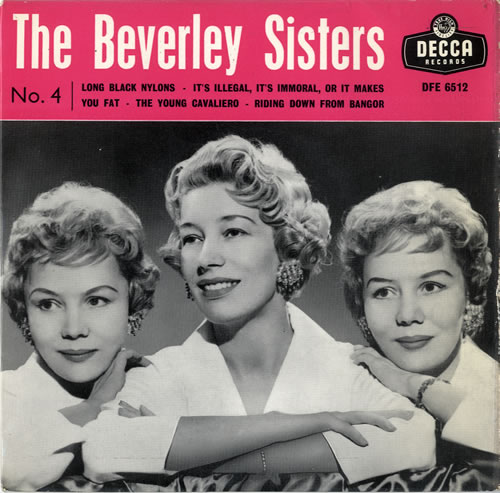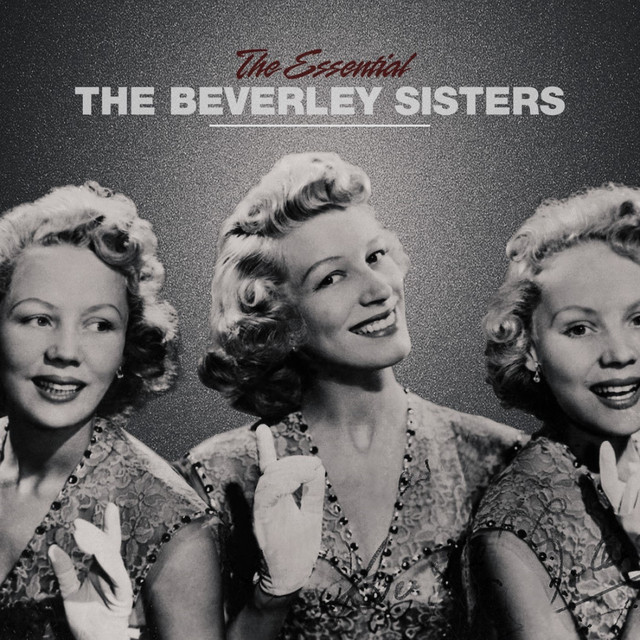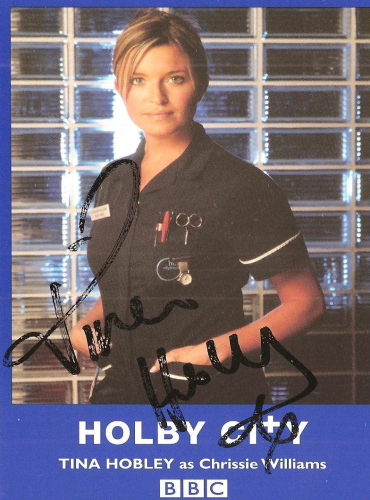
Peter Postlethwaite was born in 1914 in Warrington, Lancashire. He started his acting career at the Everyman Theatre in Liverpool. His first major film role was in Terence Davies”Distant Voices, Still Lives” in 1988. He went on to make “In the Name of the Father” as Daniel Day Lewis’s father, “The Usual Suspects”, “Brassed Off” and “The Shipping News”. His final film was “Killing Bono”. He died in 2011.
Gary Brumburgh’s entry:
An odd-looking but quite fascinating bloke with prominent, bony cheeks and almost a rawboned figure, the distinguished character actor Pete Postlethwaite was born Peter William Postlethwaite in 1946 and grew up in Lancashire, England amid middle-class surroundings. He went to college and while completing his studies developed an interest in theatre, to the chagrin of his family. His father, a labourer, wanted him to find a more secure position in life.
A drama teacher initially, he decided to follow his acting instincts full-time and gradually built up an impressive array of classical stage credits via repertory, including the Bristol Old Vic Drama School, and in stints with Liverpool Everyman, Machester Royal Exchange and the Royal Shakespeare Company. By the 80s he was ready to branch out into film and TV, giving a startling performance as a wife abuser in the British film Distant Voices, Still Lives (1988). His highly distinctive features were subsequently put to good use in a number of versatile roles, usually menacing but sometimes humble, and most frequently as working-class types.
By 1993 he had crossed over into Hollywood parts and earned his first Oscar nomination for his superb role as Daniel Day-Lewis‘ father in In the Name of the Father (1993). Other quality roles came his way with The Usual Suspects (1995), Brassed Off (1996), andAmistad (1997). Television has been a creative and positive venue as well with fine work in Sharpe’s Company (1994), Lost for Words (1999) and The Sins (2000). Working equally both here and abroad these days, Postlethwaite avoids the public limelight for the most part and lives quietly in England.
Postlethwaite continued on in films with roles in The Shipping News (2001), The Limit(2004), Dark Water (2005), The Omen (2006), Ghost Son (2007) and Solomon Kane(2009). 2010 was a banner film year for the actor with roles in the popular and/or highly acclaimed films Clash of the Titans (2010), Inception (2010) and The Town (2010). Married and the father of two, Postlewaite died on January 2, 2011, at age 64, following a recurrence of the cancer he had battled two decades earlier.
– IMDb Mini Biography By: Gary Brumburgh / gr-home@pacbell.net


